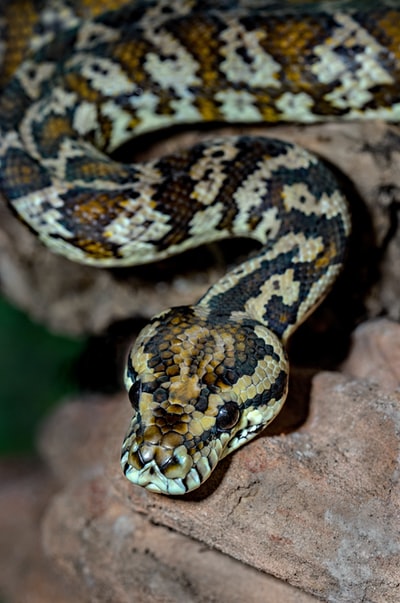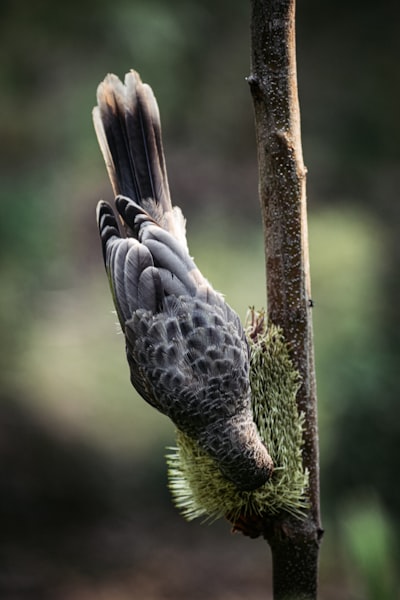 Certain genes or mutation in plant and animal genes are thought to have given them the features required to survive better over others. Over a long period of time this created new species. This is Darwin’s theory of evolution. However, there are other theories too. By the end of this section you should understand:
Certain genes or mutation in plant and animal genes are thought to have given them the features required to survive better over others. Over a long period of time this created new species. This is Darwin’s theory of evolution. However, there are other theories too. By the end of this section you should understand:
- the evidence concerning evolutionary theory
- why it took a while for Darwin’s theory to be accept and why some people still don’t accept it
- the differences between Darwin’s theories and other theories like Lamarck’s
- why other theories are given
Evolution
Charles Darwin first introduced the idea of natural selection in the 19th century. The main idea behind it is that all species have developed from much simpler life forms. These simpler life forms were around over three billion years. Evidence for this theory can be found in fossil records and the changes that happen in microorganisms like antibiotic-resistant bacteria.
——————————————————
Darwin’s theory
Darwin published a book, ‘The Origin of the Species’, in which he outlined his theory in 1859. He had spent five years voyaging around the world and was able to study a wide variety of plants and animals.
However, his ideas were not accepted straight away. In fact, his ideas were viewed as very controversial. This is because England was a very devout Christian nation and Darwin’s theory went against the Biblical notion that God had made everything on earth. At the time, there was also not enough evidence available to back up his claims and it was half a century later that an understanding of the mechanism behind inheritance and variation was reached.
Even today, some Christians continue to go against this theory, despite the evidence, and claim that the earth is only 6,000 years old.
NOTE: You don’t need to learn about Creationism.
Alternative theories

However, his idea of organisms taking on more and more useful features would suggest that today there would be no more simple organisms left on earth when, in fact, there are. Ultimately, of the two theories, Darwin’s is able to take into account more of what we witness on Earth today.
——————————————————
Natural selection
The theory of evolution is based on the idea of natural selection:
- An individual organism usually varies slightly to other members of the same species due to the fact that their genes are not identical.
- An individual who has features that fit well in their environment is more likely to survive and therefore breed.
- Their genes, which include these advantageous characteristics, are then passed onto their offspring thereby ensuring that this new generation is more likely to survive.
The timescale for evolution is over three billion years. In comparison, the earth is thought to be about 4.5 billion years old.